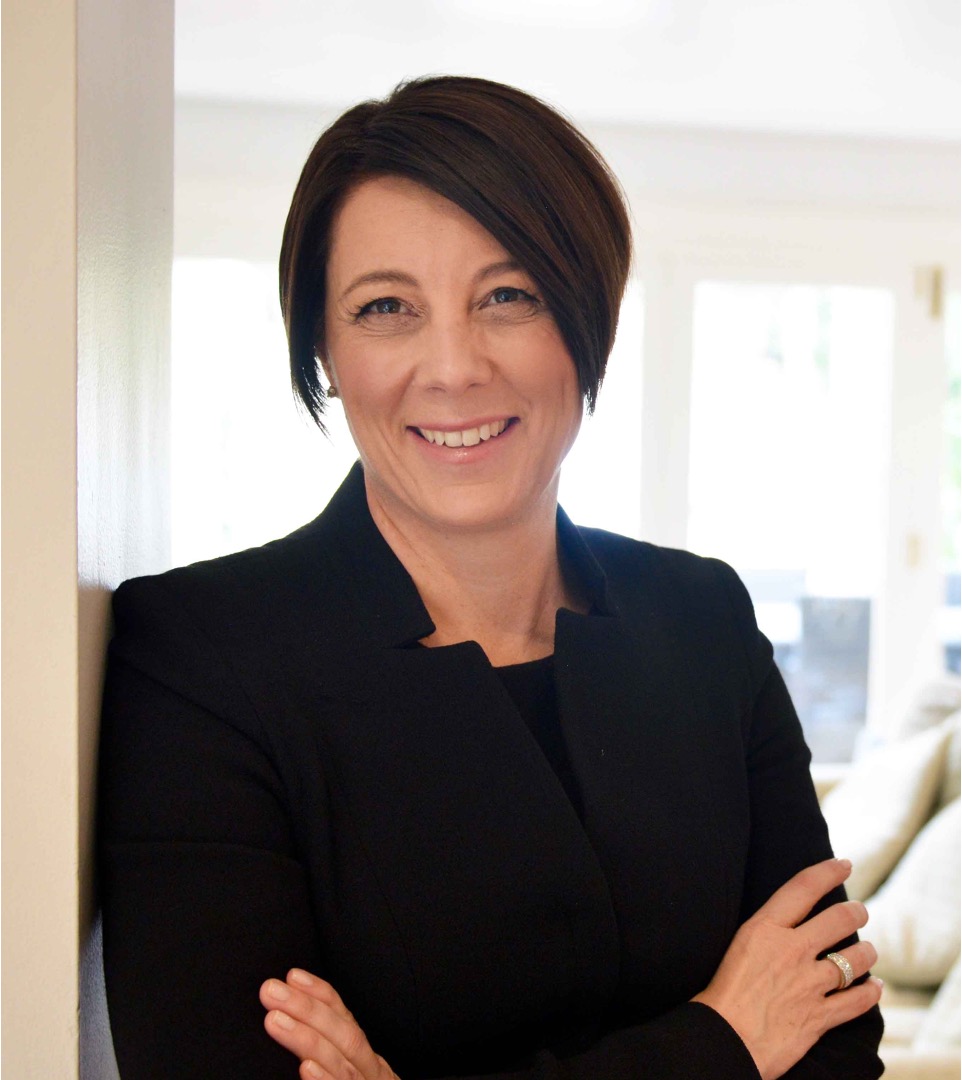
Why small steps matter
If you could do just one thing to elevate the quality of your communication, what would it be?
This is a variation of a question I was asked last Sunday.
The sentiment is helpful.
Rather than procrastinating about a big hairy audacious goal, what is one concrete step we could take toward that goal?
How to move closer rather than daunted by its very audaciousness and the associated ambiguity?
For some, the idea of being a great communicator is an audacious goal. They know they need to take big steps.
For most, the idea of becoming a better communicator is ambiguous.
Using that C word at work, do we mean …
- Writing?
- PowerPointing?
- Visualising ideas in diagrams?
- Having challenging conversations?
- Demonstrating empathy?
- Telling stories?
- Getting to the point?
- Preferencing micro communication, eg chat threads over email?
- Pitching ideas?
- Being strategic about messaging?
- Managing stakeholders?
- Running meetings?
All of these things, and more, can fall into the communication bucket.
We can all get better at all of them.
But how much better is necessary? How soon?
And, how do we know, given few of us receive genuinely helpful feedback on our communication?
So, what small step will you take this week?
Here are three ideas (two of which are free!):
- Complete my free 10-minute email course. It shares the same principles that underpin great papers and presentations, which you can use anywhere.
- Untangle a difficult stakeholder situation with this decision tree. Do you understand why your stakeholder is being difficult? Is it your message, your engagement strategy or your proposition that needs to shift for you to make progress?
- Sign up for Clarity Hub. Log in and pick one thing to do.
– Read a post about stakeholder management, engaging boards, or another topic that is relevant to you right now
– Find an exercise and do it
– Watch a MasterClass recording. Yes, you can fast-forward through it too. There are half a dozen options in the Past Events area.
– Try the Pattern Picker. See if it can help you think through your needs and fast-track you to the structure you need for your next communication.
– Email me with a challenge you face so I can share my thoughts via the weekly email or perhaps a new MasterClass
So, what step will you take this week?
I hope that helps.
More next week.
Warm regards,
Davina












